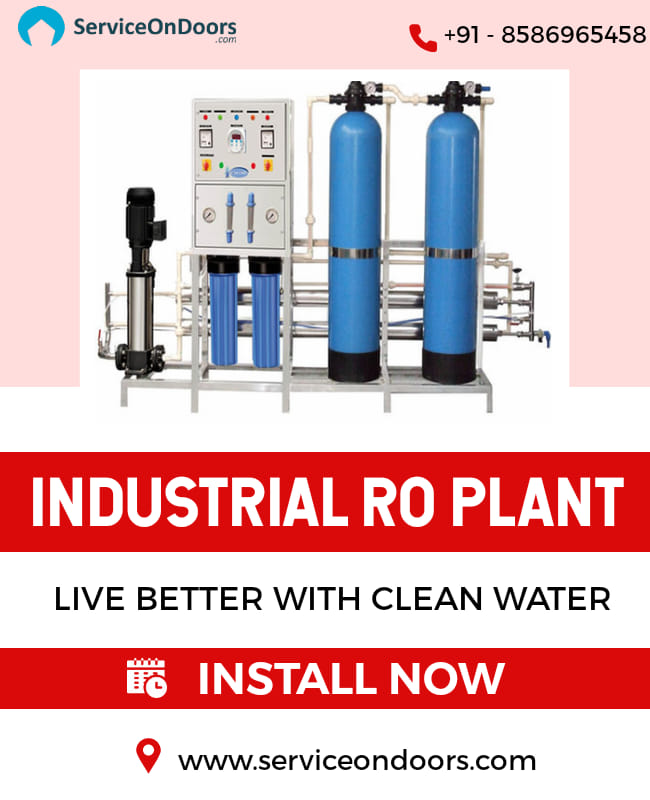Introduction:
In today’s world clean and safe drinking water is essential for our health and well-being. Reverse osmosis (RO) plants have become a popular choice for water purification due to their effectiveness in removing impurities. However, with numerous options available in the market, selecting the best RO plant can be a daunting task.
Water Quality Analysis:
Before selecting an RO plant, it's crucial to assess the quality of the water source. Conduct a water analysis to determine the level of impurities present, such as dissolved solids, bacteria, and chemicals. This analysis will help you choose an RO plant with the appropriate filtration capacity and additional purification features if needed.
Filtration Efficiency:
The efficiency of an RO plant depends on its filtration process. Look for a plant that utilises a multi-stage filtration system, including pre-filters, carbon filters, and the RO membrane. Each stage plays a vital role in removing various contaminants, ensuring the production of high-quality drinking water.
Purification Capacity:
Consider the daily water consumption in your household or establishment when selecting an RO plant. The purification capacity is measured in liters per hour (LPH) or gallons per day (GPD). Ensure that the chosen plant can meet your daily water requirements without compromising its efficiency.
Quality of RO Membrane:
RO water separates impurities from the water, allowing only pure water molecules to pass through. Opt for a plant with a high-quality RO membrane that is durable, efficient, and has a long lifespan. This will reduce maintenance costs and ensure consistent water purity.
Maintenance and After-Sales Support:
Regular maintenance is necessary to keep an RO plant functioning optimally. Research the maintenance requirements of different models and choose a plant that offers ease of maintenance. Additionally, consider the availability of spare parts and the reputation of the manufacturer for after-sales support. Reliable customer service ensures timely assistance in case of any issues or concerns.
Energy Efficiency:
Energy consumption is an important factor to consider when selecting an RO plant. Look for energy-efficient models that employ advanced technologies like energy recovery systems or low-pressure membranes. These features can significantly reduce electricity costs and minimize environmental impact.
Additional Features:
Some RO plants come with additional features that enhance the water purification process. Examples include UV sterilization to eliminate bacteria and viruses, remineralization to restore essential minerals, and pH adjustment to balance the water's acidity. Assess your specific needs and choose a plant that offers the desired additional features.
Conclusion:
Choosing the best RO plant involves careful consideration of various factors, including water quality, filtration efficiency, purification capacity, RO membrane quality, maintenance requirements, energy efficiency, and additional features. By evaluating these aspects and comparing different models, you can select an RO plant that meets your water purification needs effectively, ensuring a continuous supply of clean and safe drinking water for you and your loved ones or your establishment.
